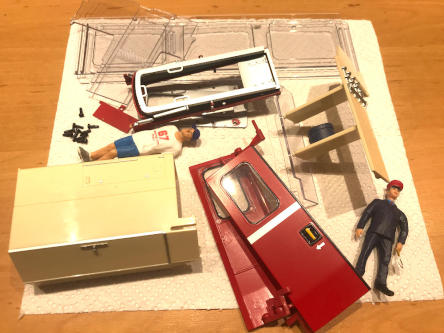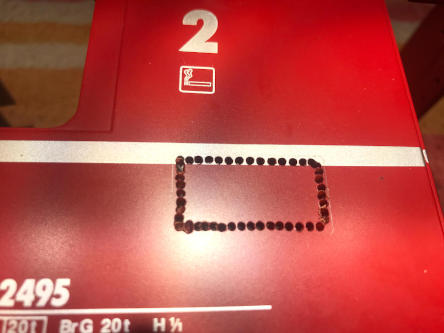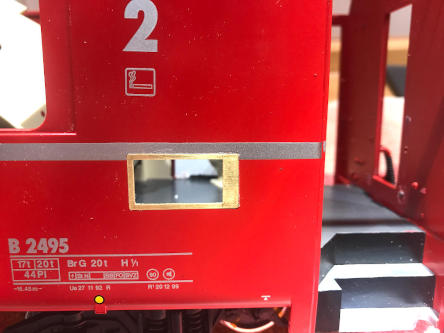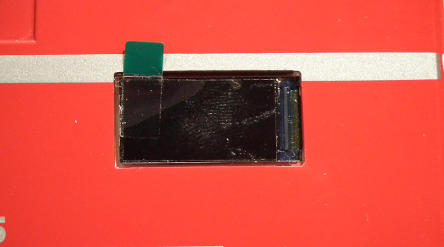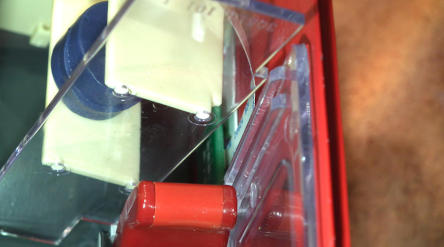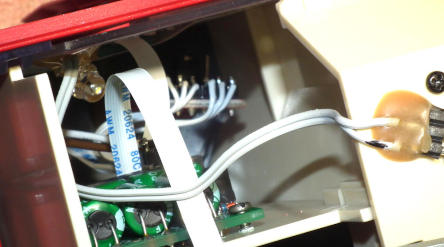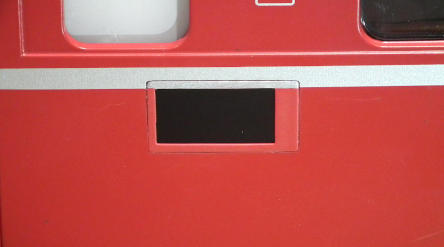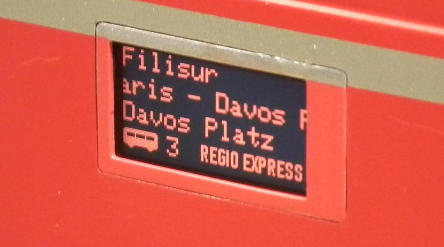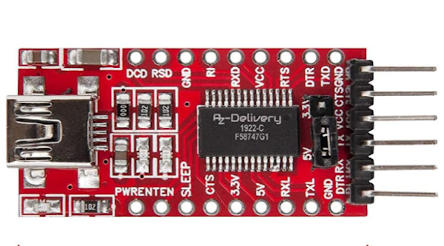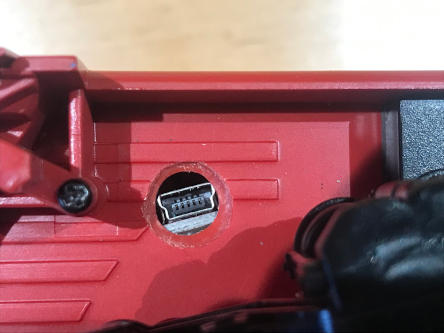Katzhagen - Archive - February 2024
Destination displays
with a ticker for the train's route and the option to display graphic elements are offered by Carpatrain for large-scale model railways (approximately 1:18 to 1:29). The displays are suitable for both analogue operation and use under DCC and can be freely configured with regard to text and graphics from any computer with a USB interface. Detailed information on specs, features etc. can be found in the documentation .
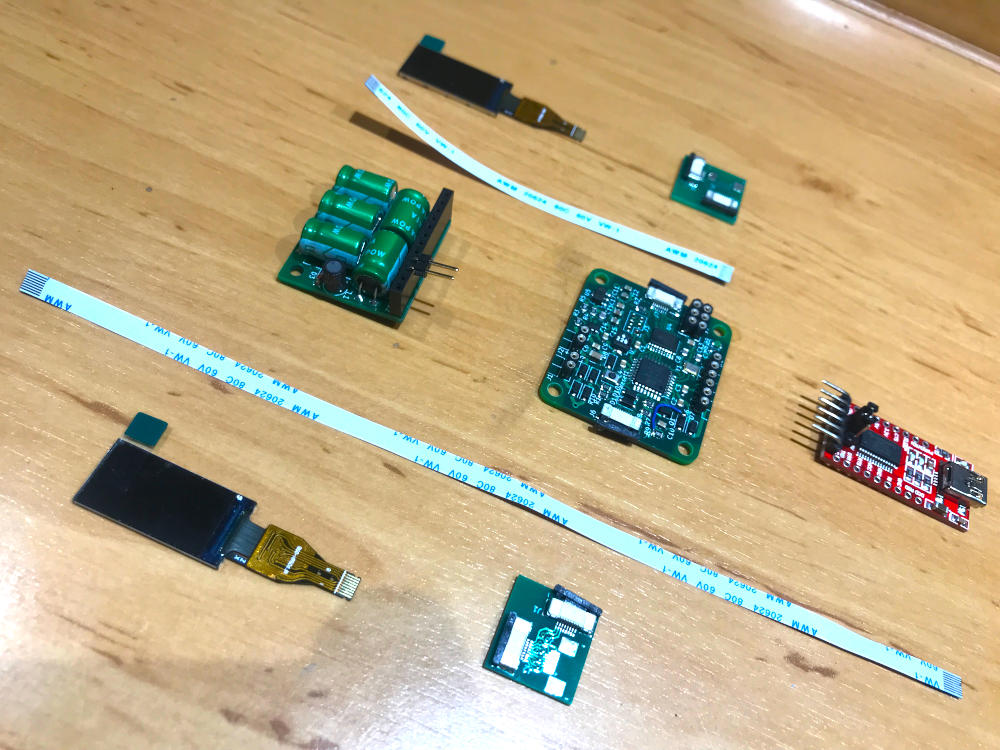
A set of destination displays includes 2 displays, 2 corner connectors, the foil cables and the controller. The voltage buffer is optional, but is particularly recommended when using the displays in rolling stock of garden railways. The FT232 adapter (red board) must be purchased separately..
Installation in LGB models of the RhB EW IV coaches
requires previous model building knowledge in the areas of processing different materials, using different types of adhesives and painting. In order to carry out the installation, the car roof is removed and part of the interior fittings are removed. To do this, it is also necessary to remove the bellows on the front side, as there are fastening screws for parts of the interior fittings underneath.

The roof can only be removed with a brutal trick: a sufficiently long wooden rod with a diameter of 5-6mm is passed through the hole in the roof lining above the entry area so that the free end of the rod protrudes from one of the doors. Now give the free end of the rod a targeted, strong hammer blow... and the roof will jump out of its anchorage.
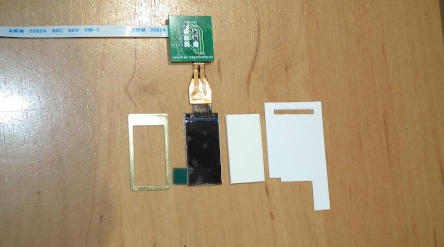
To install a display in the side wall, a frame, the display itself, a spacer and a mounting plate are required.
The outline of the frame is transferred to the side wall using a sharp pencil. Small holes are drilled within the marking. The bars between the holes are cut a nd filed down to the mark.
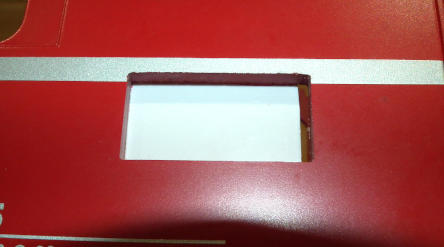
Trying on the frame and attaching the mounting plate to the inside of the side wall. The mounting plate is only 0.5mm thick - advantageous for only minor modifications to the interior.
The displays are first attached to the spacers using 2-component adhesive before they are then glued to the mounting plates using 2-component adhesive with prior alignment.
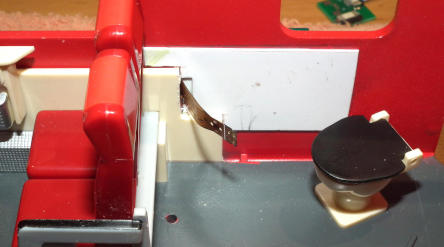
Interior view after mounting a display. A corner of the interior side panel had to be cut out to mount the display. The foil cable was pulled through the slot in the mounting plate.
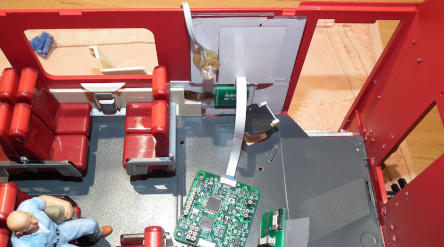
The window insert in the toilet compartment also had to be modified; it now contains a recess for the foil cables and their angle connectors. The bottom corner of the window glazing needs to be cut out, too.
Same game on the opposite side behind the luggage rack. The lower shelf must be shortened on the outside and the lower corner of the window glazing must be cut out. In order to be able to accommodate the electronics of the displays, the interior of the toilet was removed - which no one can see anyway due to the frosted glass pane...
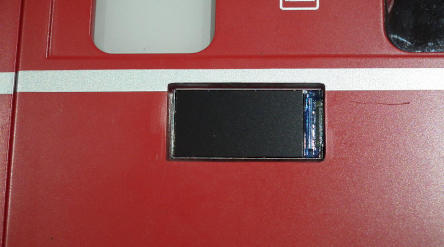
Before inserting the frame, a few small drops of 2-component adhesive are placed in the gap around the display.
The flush fitted frame and a functional test before the car is completely reassembled.
After a change of direction, the display for the start and destination stations as well as the station sequence change.
Luxury option
The display can be changed from the computer by transferring appropriate texts via an FT232 adapter. In order to avoid having to open the car, the adapter was integrated into the car. The USB socket is accessible on the coach's bottom side.

